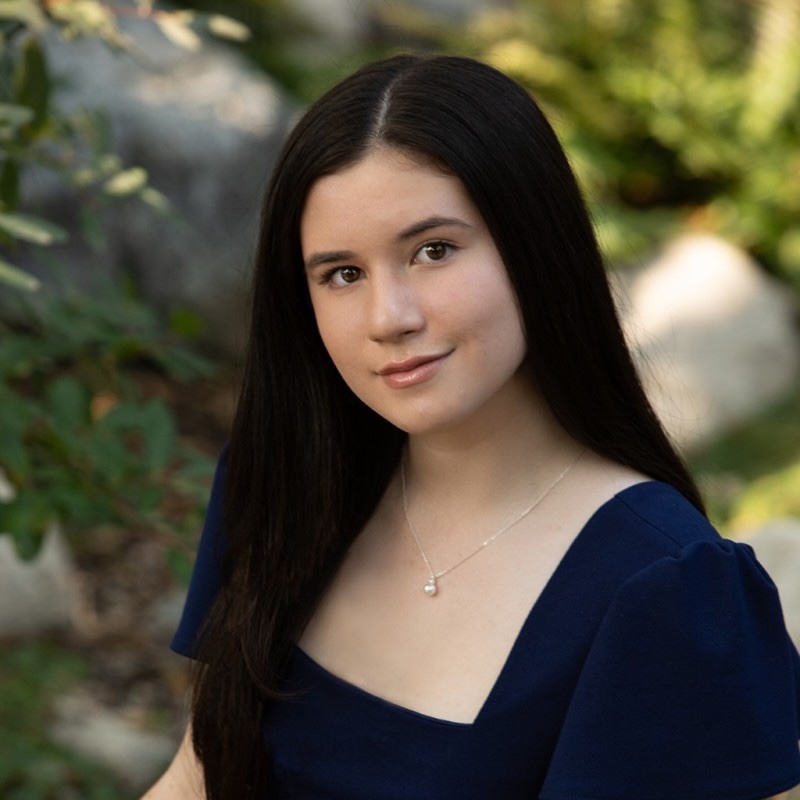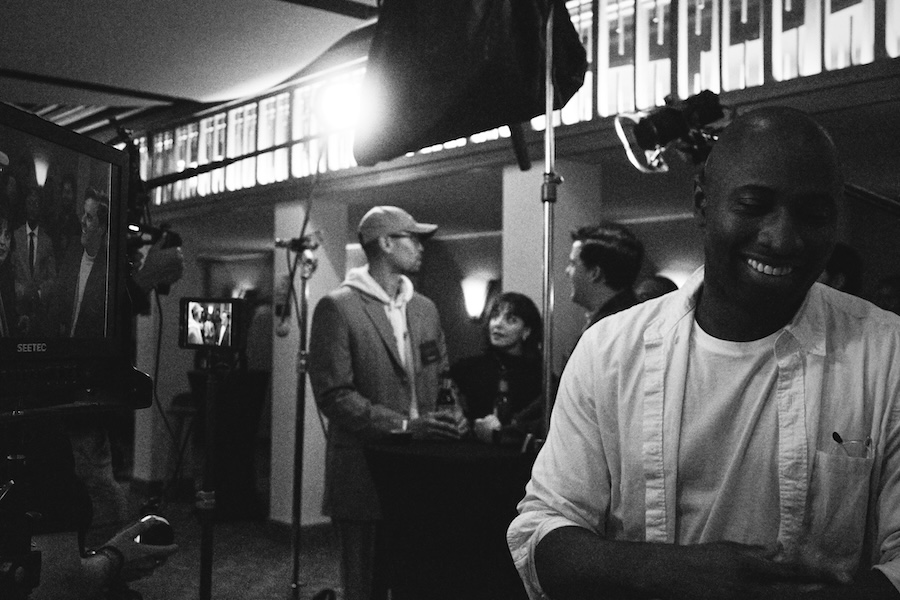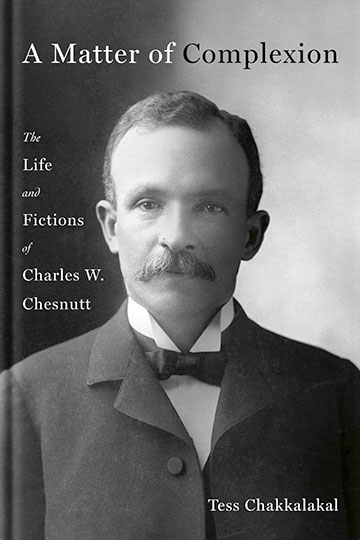Victorian Spiritualism: When Ghosts and Objects Collide
By Tom Porter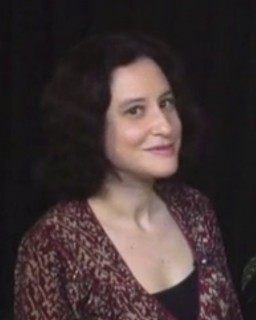
In the mid-nineteenth century there was an upswell of interest in spiritualism, in trying to contact the spirit world, on both sides of the Atlantic. “The trend started in the US, in upstate New York,” said English professor Aviva Briefel, “where, in 1848, a pair of sisters called the Fox sisters claimed to be able to communicate with the dead, who used knocking sounds to indicate their presence.”
The craze spread to Britain, where the pursuit of pursuing the deceased infected all levels of Victorian society, from Queen Victoria herself—who used mediums to try to contact her late husband Prince Albert after he died in 1861—to ordinary working class families, who flocked in great numbers to spiritualist meetings.
The reason for this explosion of interest? “I think part of it is the very high levels of mortality, especially infant mortality, that Britain was experiencing at this time, along with the incredible population growth and urbanization that came with the industrial revolution,” said Briefel.
Indeed, it is through the lens of the industrial revolution that Briefel examines the issue of Victorian spiritualism. She studies the phenomenon and asks what it tells us about the effect that the very rapid industrialization that took place in the mid-to late nineteenth century, had on the Victorian psyche.
Briefel is working on a book about material culture and spiritualism in the Victorian period, and during the fall semester she delivered the lunchtime seminar,”The Things They Carried: The Object Lessons of Victorian Spiritualism.” Briefel entertained her faculty colleagues with stories of seances, and often funny descriptions of how objects, frequently items of furniture or food, would sometimes appear at these gatherings and fly across the room.
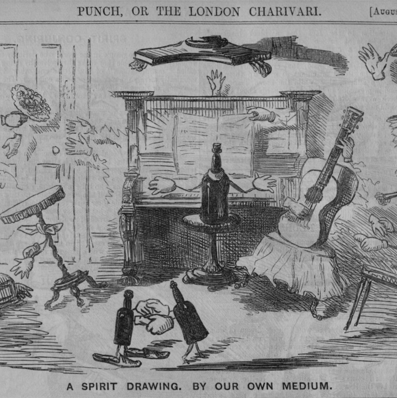
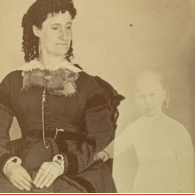
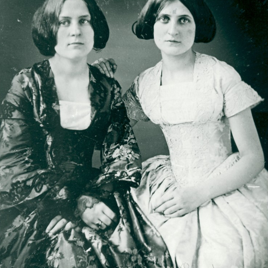
“I’m looking at ways in which spiritualism, a belief in the afterlife and the possibility of communicating with it,
In this way, Briefel argues, spiritualism draws attention to the production of things. “It’s counter-intuitive
While many of the exponents of Victorian spiritualism, and many of the seances they organized, were exposed as fake, Briefel does not address the veracity of this phenomenon. “I’m less interested in whether these events were staged, and more concerned with the effect they had on, and the power they undoubtedly held over, many people who had these shared experiences.” And central to those shared experiences, she added, were the objects in the room, the material things through which the spirits—real or imagined—made their presence felt.
